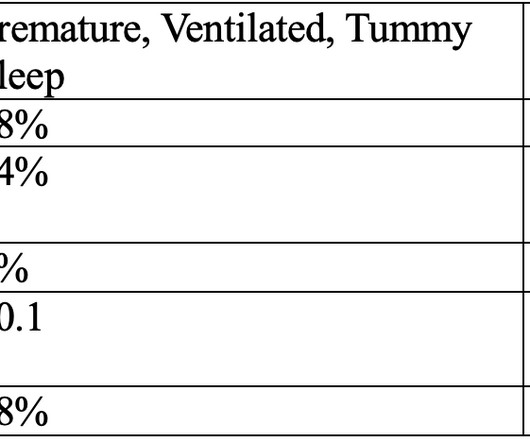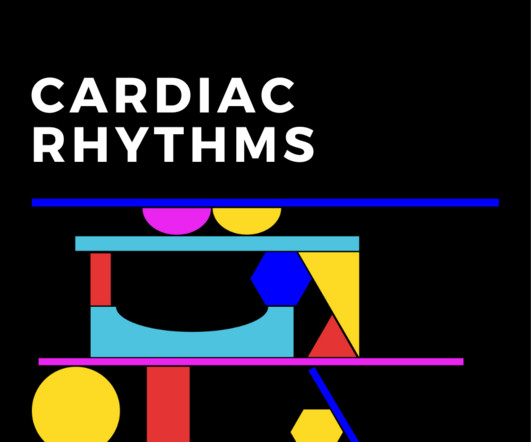Issue #4: The Latest in Critical Care, 6/12/23
PulmCCM
JUNE 12, 2023
” The treatment became widespread after a trial ( NEJM 2002, n=275) showed large neurologic and survival benefits from hypothermia; however, subsequent trials mostly failed to replicate those findings. Use code PULMCCM15 and get 15% off when you register online.



















Let's personalize your content